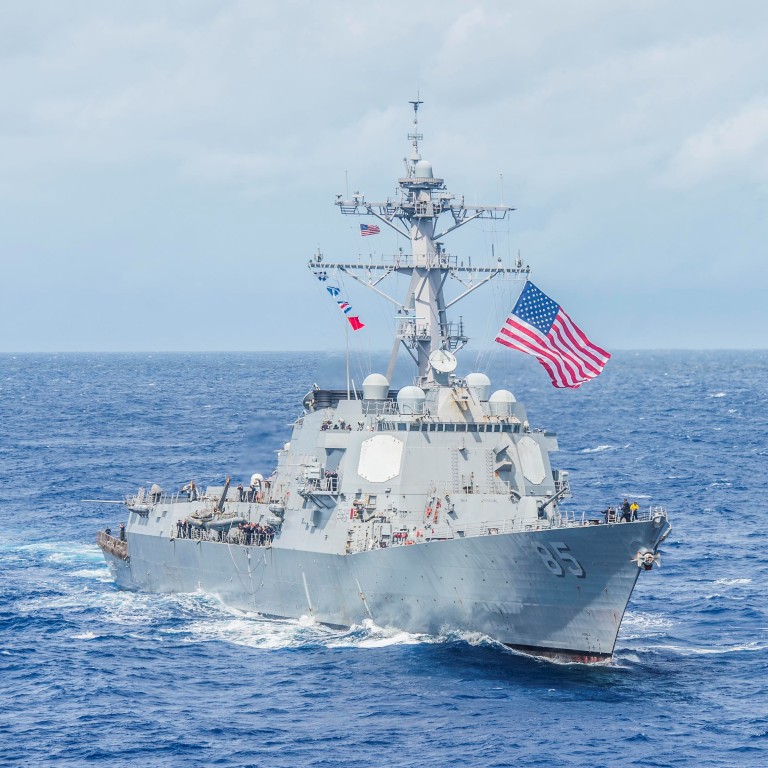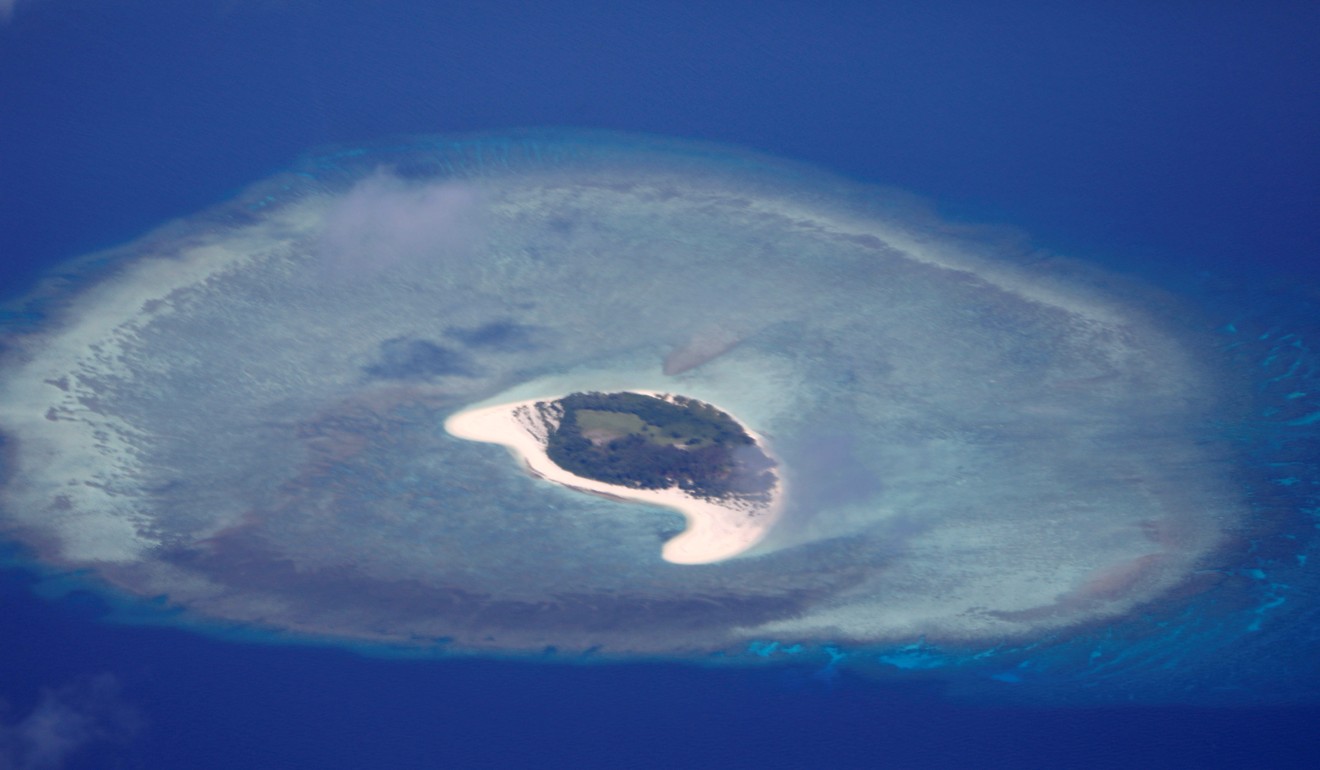
Beijing may step up drills in South China Sea amid rising tensions with US military, analysts say
- Chinese air force and navy simulated face-to-face encounters with invading aircraft and warships in latest exercises
- They took place the same day a US destroyer carried out a freedom of navigation patrol in the contested waters
China’s air force and navy are keeping a close watch on US freedom of navigation patrols in the South China Sea, and military experts expect sabre-rattling over the disputed waters to intensify.
The latest were joint exercises by its air force and navy that simulated face-to-face encounters with invading foreign aircraft and warships in the South China Sea on March 10, according to the official PLA Daily.
The drills included searches of unidentified foreign aircraft with the help of surface vessels, and driving enemy planes out of China’s airspace – even “shooting them down with missiles to stop them from attacking Chinese warships”, the report said.

Those exercises took place the same day guided-missile destroyer the USS McCampbell was conducting a freedom of navigation operation – the second by the US Navy this year – near the contested Paracel Islands, according to a statement from the US Seventh Fleet. The islands and reefs are controlled by China but also claimed by Vietnam.
A photo taken by the US Navy showed a Type 054A PLA Navy frigate had been sent to track the American warship as it patrolled. The US Navy said the Chinese frigate had warned the destroyer to leave the area.
Colonel Li Huamin, a spokesman for the PLA’s Southern Theatre Command, later told the military newspaper that “the US has repeatedly flexed its muscles, been provocative and stirred up trouble in the South China Sea”.
“So far, all the weapon systems deployed by China in the South China Sea have been defensive,” Zhou said. They included the HQ-9 missile defence system the PLA has deployed to artificial islands in the contested Spratlys chain.
“But the US Navy’s intensified live-fire exercises in the region will be an incentive for the PLA to stage more drills of its own,” he added.

“Both the USS Barry and USS Shiloh were equipped with several types of missiles, such as the more aggressive Tomahawk cruise missile, but they didn’t use them and instead tested the defensive SM-2 missile,” Zhou said, adding that the Tomahawk cruise missiles would have been more of a threat to China’s artificial island and military outposts in the South China Sea.
Since Xi Jinping came to power in late 2012, Beijing has spent trillions of yuan to build eight artificial islands, as well as more than two dozen island outposts around disputed reefs and islets in the strategic waterway, where the Philippines, Vietnam, Malaysia, Brunei and Taiwan all have competing territorial claims, allowing it to deploy missile batteries, radar systems and aircraft hundreds of miles from the Chinese mainland.
Chinese warplanes to get new coatings to make them harder to detect
Chi Le-yi, a military observer based in Taipei, said both China and the US had been trying to extend their military presence in the region.
“[They] are trying to move forward by testing the bottom line, but both have been very careful when they take a step because neither side wants to cause a real military conflict,” Chi said.
“That’s why the US Navy chose to stay in the Philippine Sea, and it has been just transiting the Taiwan Strait in routine patrols because [Washington] realises that Beijing can’t afford to lose [Taiwan].”
Purchase the China AI Report 2020 brought to you by SCMP Research and enjoy a 20% discount (original price US$400). This 60-page all new intelligence report gives you first-hand insights and analysis into the latest industry developments and intelligence about China AI. Get exclusive access to our webinars for continuous learning, and interact with China AI executives in live Q&A. Offer valid until 31 March 2020.

